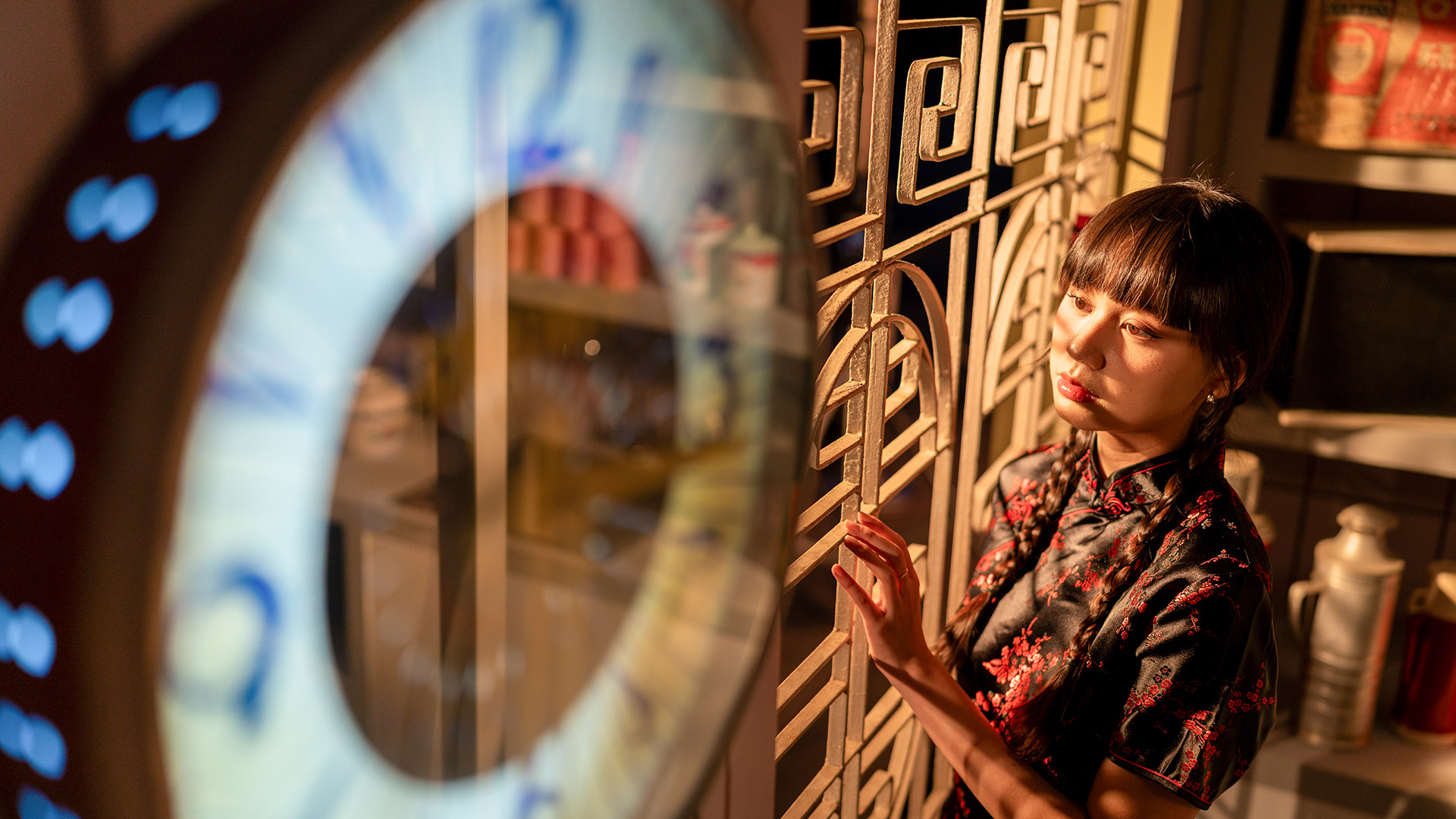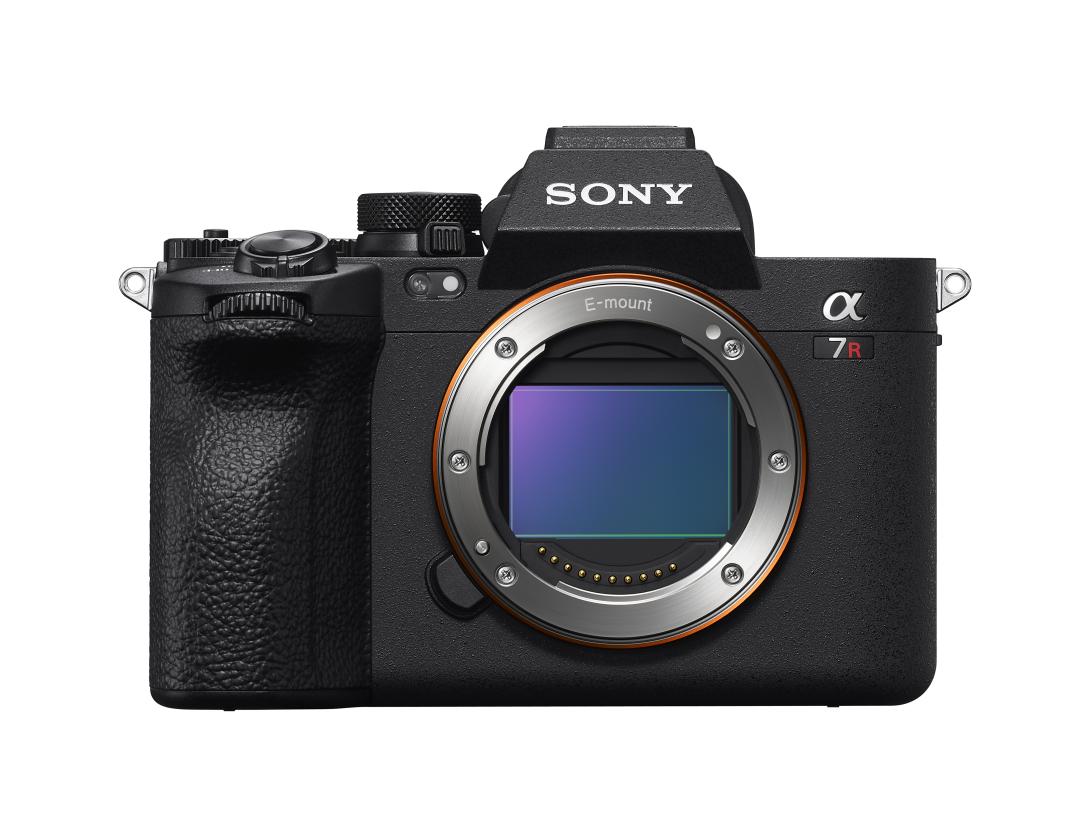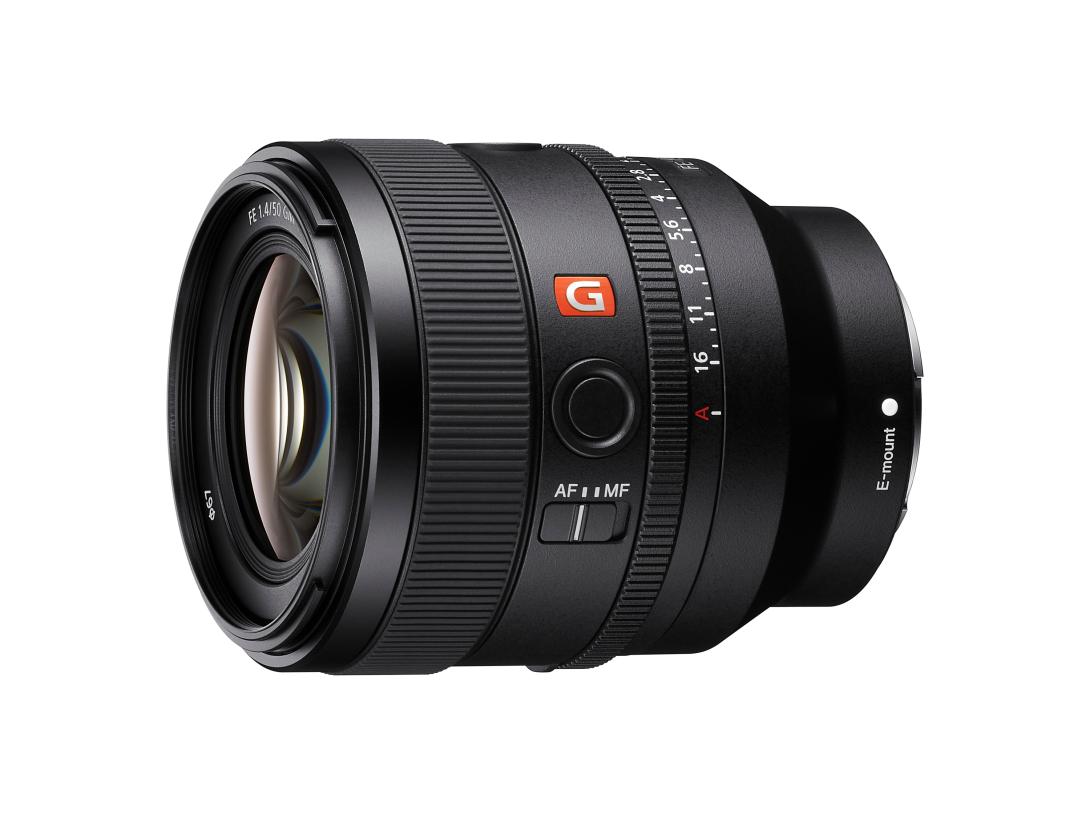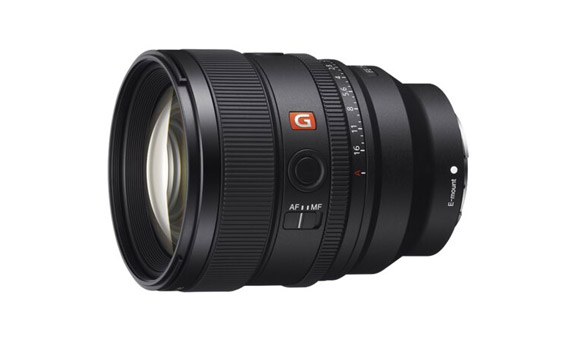Looking for more ways to capture authentic expressions and enhance your portraiture? Try out prime lenses for a change. Large aperture prime lenses typically allow for smooth bokeh, stunning subject isolation and more - making them a favourite for portrait enthusiasts. Let's dive in.
CHOOSING A FOCAL LENGTH
Selecting the right focal length for your portraits can dramatically affect the look, feel, and mood of your images. Three focal lengths are particularly popular for portraits, the 35mm, 50mm, and 85mm - each with its own strengths and ideal uses.
35mm: The Environmental Portrait

FE 35mm F1.4 GM | 35mm | F1.4 | 1/250 sec | ISO 100
The 35mm lens is often considered wide for portraiture. If you're looking to incorporate a subject’s surroundings into the shot, the 35mm allows you to frame your subject with more of their environment, giving context to their story.
Best For: Environmental portraits, storytelling, group shots, and capturing wider scenes in tighter spaces
50mm: The Standard Portrait

FE 50mm F1.4 GM | 50mm | F1.8 | 1/320 sec | ISO 100
The 50mm lens is a go-to due to its versatility, and natural perspective. It closely mimics the human eye's field of view, which makes it perfect for portraits that feel authentic and relatable.
Best For: Classic headshots, half-body portraits, couples, and general portraiture in a variety of settings.
85mm: The Portrait Specialist

FE 85mm F1.4 GM ll | 85mm | F1.4 | 1/250 sec | ISO 100
The 85mm lens is often considered the gold standard for portraiture. With its longer focal length, it allows for greater subject isolation and a more flattering compression of facial features.
Best For: Classic headshots, detailed portraits, fashion, and outdoor portraiture where you have space to move.
COMPOSING TO ELEVATE EXPRESSIONS
When working with prime lenses like the 35mm, 50mm, and 85mm, each focal length provides different opportunities for creative composition. Here we will explore how to frame your subject, use background elements to your advantage, and where to focus or defocus with each focal length.
Framing Your Subject with 35mm
The 35mm is great for full-body or 3/4-length portraits. Its wider perspective can exaggerate the scale of foreground elements near the edges, adding depth and creating a more immersive, dynamic feel to your shots.

FE 35mm F1.4 GM | 35mm | F1.4 | 1/1000 sec | ISO 100
Where to Defocus
At 35mm, more of the foreground and background will be in focus compared to longer focal lengths like 50mm or 85mm. To achieve a deeper depth-of-field, try increasing the distance between your subject and the foreground/background elements.
Framing Your Subject with 50mm
The 50mm lens is great for headshots and half-body shots, allowing for more traditional composition techniques, such as the rule of thirds. You can place your subject on the left or right third of the frame and leave space for the subject's gaze or the surrounding environment.

FE 50mm F1.4 GM | 50mm | F1.8 | 1/320 sec | ISO 100
Where to Defocus
With the 50mm, the bokeh effect is smooth but doesn’t overwhelm the subject, keeping the focus on the person while still hinting at the environment. Defocus elements in the background like walls, furniture, or nature.
Framing Your Subject with 85mm
The 85mm is perfect for tight headshots or close-up portraits, allowing for more compression and less distraction from the background. You can fill the frame with the subject, emphasising their facial features, especially the eyes.

FE 85mm F1.4 GM ll | 85mm | F1.4 | 1/100 sec | ISO 125
Where to Defocus
A bright 85mm excels at creating a beautifully blurred background and making distant objects seem closer to the subject. Defocus any background elements – whether it’s greenery, architectural lines, or distant crowds – to keep the focus on your subject.
CREATING A PORTRAIT THAT TELLS A STORY
The best portraits are those that tell a story – not just of the subject, but of their environment, emotions, and interactions. Whether through props, lighting, reflections, bokeh, or natural movements, these elements can help create a dynamic and engaging composition that captures the essence of who your subject is.
Props

FE 35mm F1.4 GM | 35mm | F1.4 | 1/400 sec | ISO 200

FE 35mm F1.4 GM | 35mm | F1.4 | 1/640 sec | ISO 200
Give Your Subject Something to Do: Having your subject interact with an object can create a more natural pose and expression. Whether it’s holding an ornament or reaching out for a book, props help avoid stiff, posed moments.
Create Contrast or Interest: Use props to create visual contrast or interest in the shot. A brightly coloured object can help your subject stand out against a muted background, or a unique prop can provide a focal point that draws the viewer’s eye.
Tips
- Keep the props relevant to the subject’s personality or the story you’re trying to tell.
- Avoid over-cluttering the shot. The prop should complement, not overwhelm, the subject.
- Allow your subject to interact with the prop naturally—avoid making it feel forced.
Lighting & Reflections
Playing with Light: Whether you're using natural light, artificial light, or a combination of both, the quality, direction, and colour of light can dramatically change the mood of your shot.

FE 85mm F1.4 GM II | 85mm | F1.4 | 1/250 sec | ISO 100

FE 50mm F1.4 GM | 50mm | F1.4 | 1/1000 sec | ISO 100
Reflective Surfaces: Use mirrors, windows, or even shiny floors to add reflections that create depth or symmetry in your image. Reflections can also help break up a busy background, giving you more control over composition.
Tips
- Play with the angle and intensity of the light to match the mood you want to convey—softer light for warmth and connection, harder light for boldness and drama.
- Reflections can add complexity and visual interest but should not distract from the subject. Ensure the reflections are subtle and contribute to the overall composition.
Bokeh
Subject Isolation: When shooting with a wide aperture (like F1.4 or F1.8) on lenses like the 50mm or 85mm, you can create a shallow depth of field that blurs the foreground and background into creamy bokeh. This keeps the focus on your subject while subtly incorporating the environment, ensuring it doesn’t distract – but still stands out against a soft, dreamy backdrop.

FE 85mm F1.4 GM ll | 85mm | F1.4 | 1/125 sec | ISO 100
Layering: Bokeh isn’t just for the background! You can use foreground elements to create a layered effect, adding visual depth and intrigue. Leaves or even translucent fabrics can blur in the foreground, giving the image a sense of dimensionality.
Tips
- Experiment with the shape and texture of the bokeh. Round, soft circles look elegant, while elongated shapes (like light streaks) can add a more artistic, dynamic feel.
- Avoid elements like bright spots of colour or busy patterns that can create distracting bokeh that competes with your subject.
All images featured were taken by TripeaksImagery with the Alpha 7R V.






